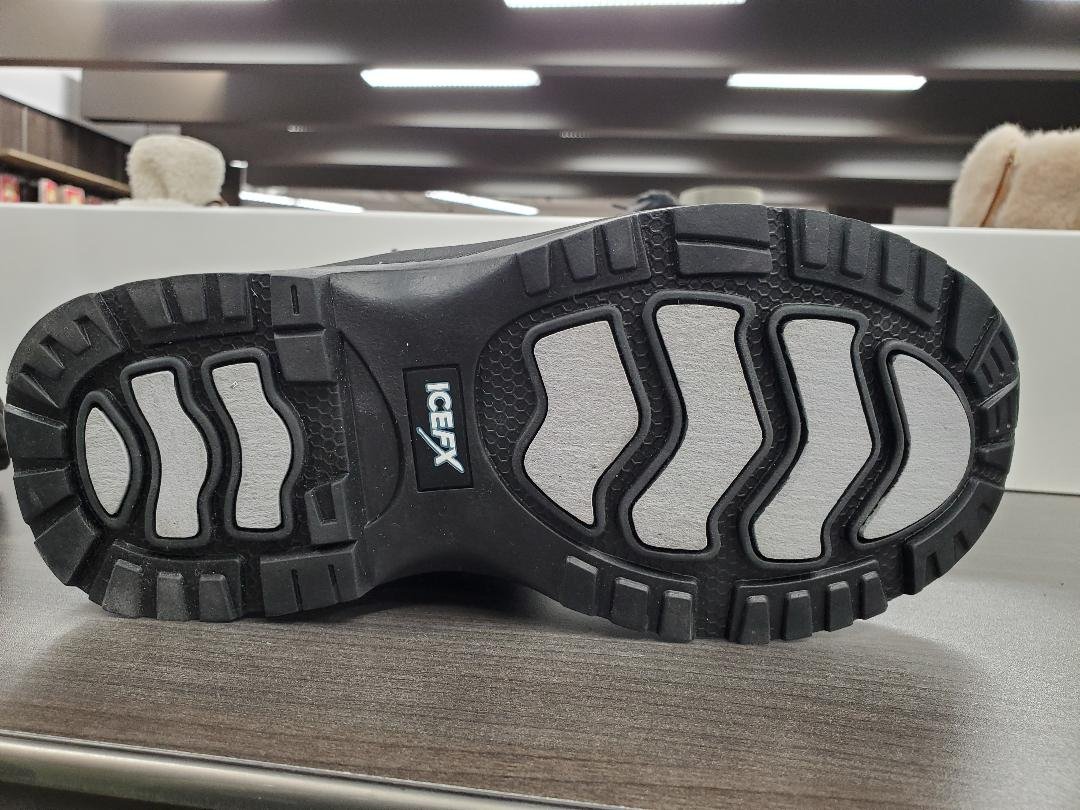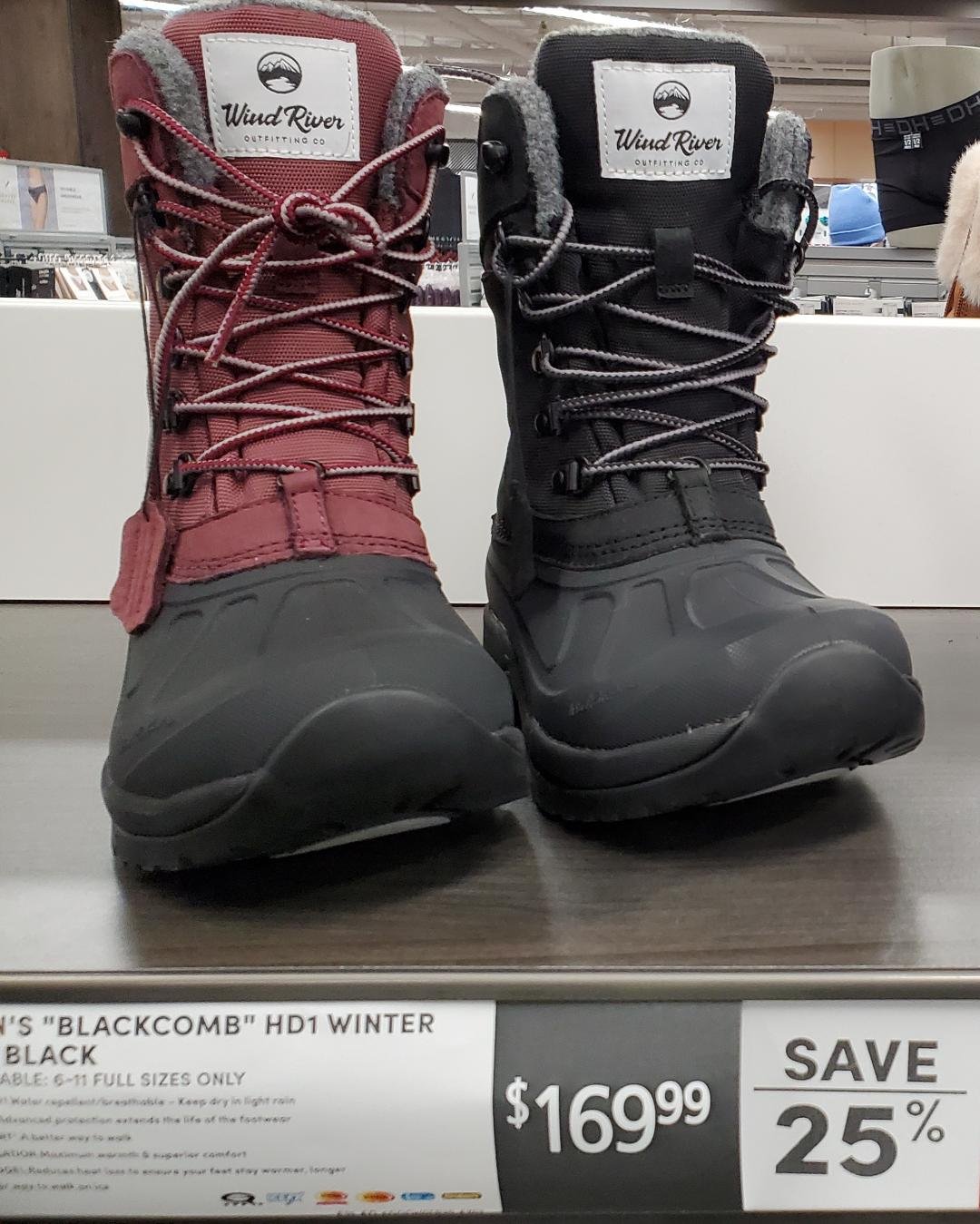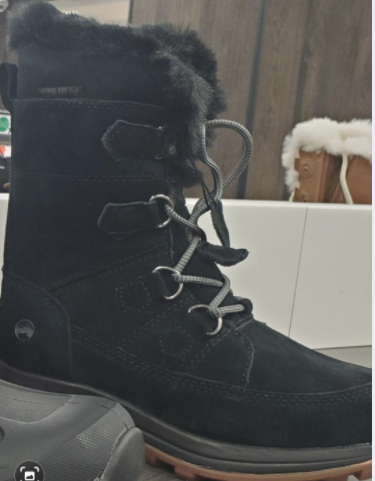UPDATE December 2021:
See my Icebugs review here. These are now my #1 choice for boots. (Also check out this Icebugs review by Ottawa physiotherapist/Nordic walker Margaret Martin.)
According to a friend who contacted the Toronto Rehab researchers (see info below), Icebugs were tested and passed its tests, but for some unknown reason they aren’t included in its reports.
______________________
Winter is a fantastic time for outdoor exercise. But slipping on a patch of ice is everyone’s nightmare. Until now, finding reliable footwear to keep you upright on ice has been a challenge; there’s no way to tell in the store just how grippy the soles will be.
Fortunately, Toronto Rehab’s recently created WinterLab has developed a “snowflake” system that rates winter boots for the amount of traction they provide on ice.
Check out this very interesting episode of CBC’s Marketplace to see boot testers in harnesses slipping and sliding on the WinterLab’s icy test floor.
Their basic findings are shocking: only eight percent of the 98 boots they tested (brands that you likely own or are familiar with) met their minimum slip resistance standards.
You can see the results in chart form at www.ratemytreads.com.
Two of the few boots that passed their tests are made by Wind River, sold at Mark’s. I went to Mark’s today, and the staff people were very helpful. Here’s what I learned:
Two non-slip boot options (according to the WinterLab findings) are the Wind River Ice Queen (I bought these, see far right image) and the Wind River Blackcomb (black or burgundy, see middle image).
Look for the ICEFX logo on the bottom of their soles (see left image). This is what will keep you on your feet. The Ice Queens also have tiny metal shards, so Mark’s says these are the best of the two. I'll wear these for standard walking, but I’m thinking they might be a bit heavy for Nordic walking? But maybe not. You may have to order online. These boots were selling like hotcakes when I was in the store.
Several of my Nordic walkers recommend Olang and Anfibio boots, which have retractable grips. But some complain that flipping out the grips isn’t always easy; some require a special small tool.
An economical option is to add icers/grips/traction devices over your current hiking shoes/boots. Be sure to take your shoes/boots to the store to get the right fit. The icers need to be easy to stretch on but tight enough that they don't shift or fall off. Find these at any outdoor gear store or running shop.
I find that the ones with small "flat tacks" on the soles work best. They are light and allow you to walk on both wintery surfaces and bare sidewalks.
It’s very important that they are so light that you forget you're wearing them. I find that some designs, such as the popular Yaktrax, are heavy and cumbersome and can be noisy and slippery on non-snow/ice surfaces.
Wishing you a safe and wonderful winter!





